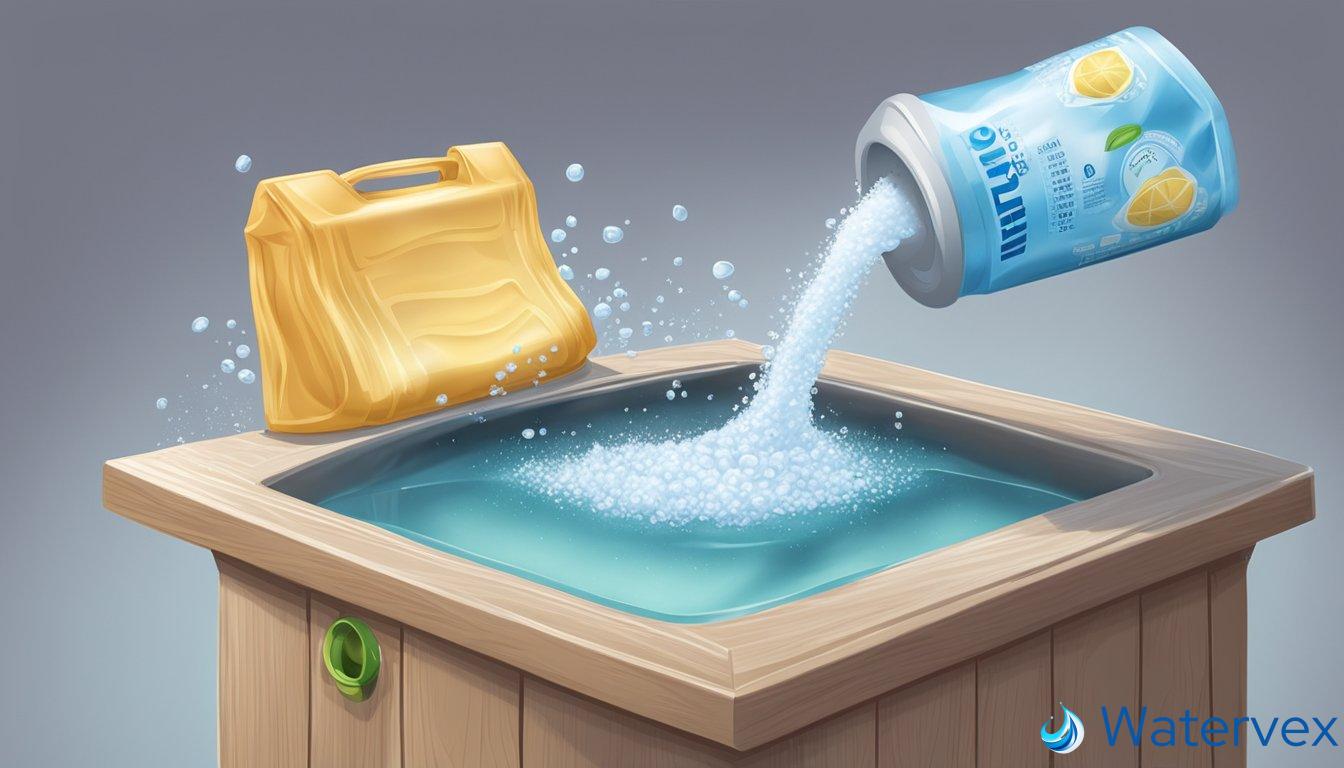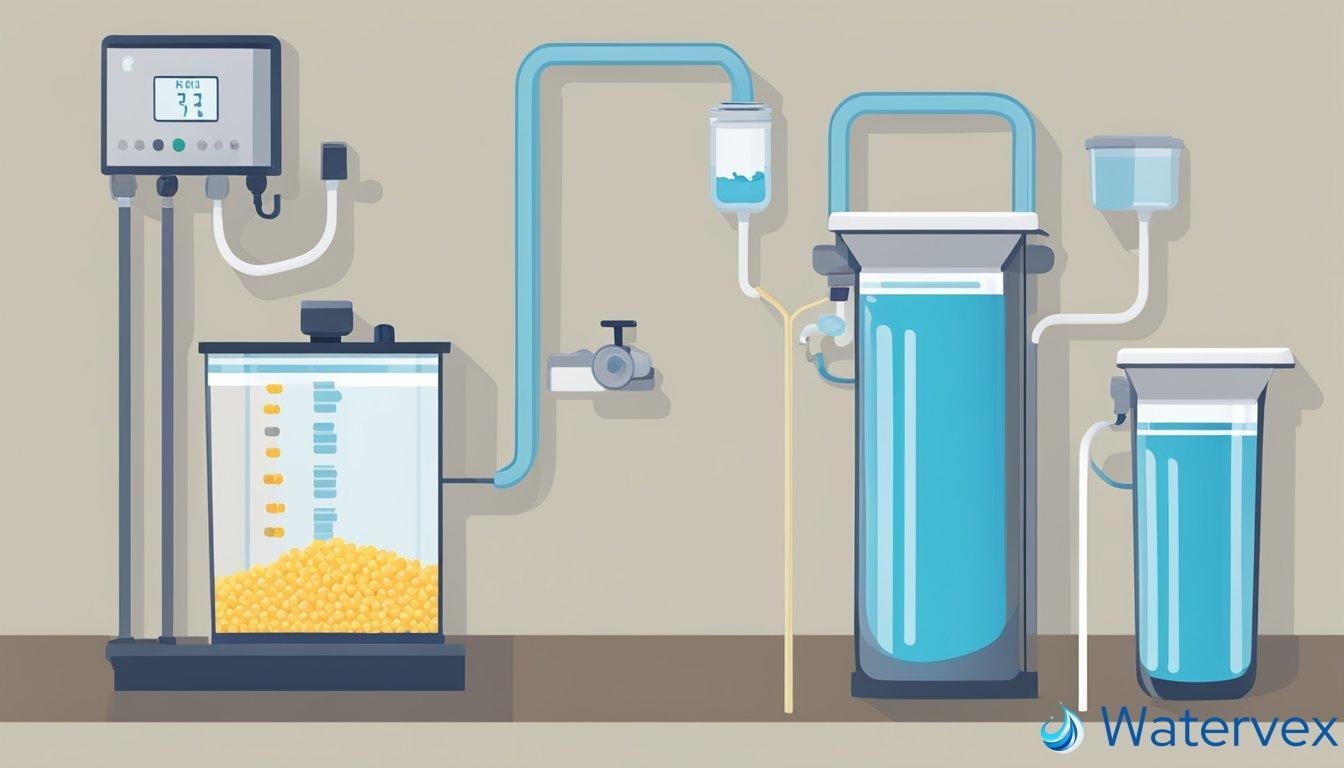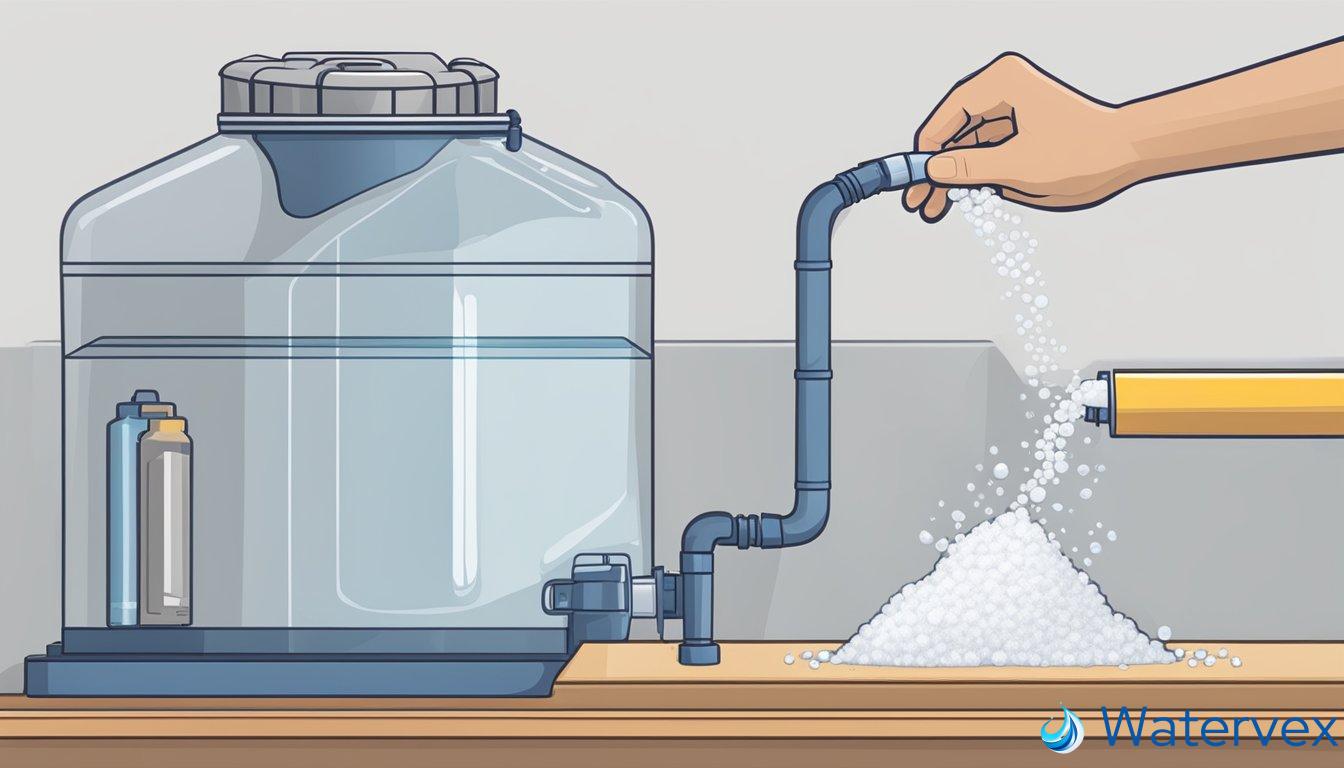Understanding how much salt your water softener uses is crucial for maintaining the balance between efficiency and performance. Your water softener plays a vital role in removing minerals that cause water hardness, such as calcium and magnesium ions, by exchanging them with sodium ions from the salt. This process ensures your water is kind to your skin, your appliances, and prevents scale buildup in pipes. However, it’s not just about adding salt; the amount used depends on the hardness of your water and how much water your household consumes.

To keep your water softening system running smoothly, it’s essential to know the average salt consumption. Typically, a water softener might use anywhere from 20 to 80 pounds of salt per month, but these figures can vary widely. Factors influencing salt usage include the specific system’s design, the initial water hardness, and the volume of water that needs softening. Regularly checking your water softener and understanding its salt usage can prevent inefficiencies, ensuring you get the most out of your system while safeguarding your home’s water quality.
Key Takeaways
- Regular monitoring of salt levels ensures your water softener system maintains optimal performance.
- Salt consumption varies widely; the efficiency depends on water hardness and household water usage.
- Understanding your system’s specific needs can prevent scale buildup and protect appliance longevity.
Understanding Water Softener Salt Usage
Your water softener’s performance hinges on two pivotal factors: the type of salt you choose and the purity level of that salt. These elements directly impact the salt efficiency rating of your system and how often you need to replenish the salt.
Types and Forms of Salt
Salt Pellets: Ideal for most water softeners, pellets minimize the potential for salt bridges – a crust that can form at your brine tank’s base when salt dissolves and then recrystallizes. Solar salt, more soluble than rock salt, is produced by evaporating seawater and is available in pellet or crystal form. Evaporated salt pellets are the purest form, typically at 99.9% sodium chloride, ensuring the highest cleanliness and solubility.
Block Salt: Less common, block salt must usually match specific water softeners designed for this form. Blocks take longer to dissolve but can be more convenient as they reduce the frequency of salt replenishment.
- Pellets: Preferred for their convenient use and tendency to dissolve evenly.
- Crystal Salt: May be cheaper but can create salt bridges more easily.
- Block Salt: Convenient, though not suitable for all systems.
Salt Quality and Purity
Purity Levels: A major consideration that affects your maintenance schedule. The purer the salt, the less likely you will encounter a salt bridge or residue. High purity also relates to salt efficiency ratings, guiding you on how much salt you’ll be using monthly. A 40-pound bag of salt could last longer and perform better than lower purity alternatives.
Potassium Chloride: An option to consider if you’re concerned about sodium intake. This type of salt works similarly to sodium chloride but replaces calcium and magnesium ions with potassium. While it is more soluble and friendly to the environment, it may come with higher costs and require a higher dose to achieve the same level of water softness.
- Purity of 99.9%: Means less residue and a cleaner water softening system.
- Different Salts: Each type (solar, evaporated, rock) dissolves at a different rate affecting how often you need to add salt.
- Potassium Chloride: An alternative to sodium chloride, which may be beneficial for health and the environment but could increase operational costs.
How Salt Use is Determined

When determining salt usage in a water softener, evaluating certain variables directly tied to your specific situation is essential. Household size, daily water consumption, type of salt, and the unit’s regeneration cycle intricately influence how much salt your system will require.
Household Size and Water Consumption
The amount of water your household consumes daily significantly impacts the salt consumption of your water softener. A larger family typically uses more water, increasing the frequency of regeneration cycles of the softener. Each cycle requires a specific pound of salt to create the brine solution used in regenerating the resin beads that soften your water.
Daily Water Usage: Multiply the number of people in your home by the average gallons used per person per day (typically 75-100 gallons) to get your total.
Regeneration Frequency: The more water you consume, the more frequently your softener will regenerate, thus increasing salt use.
Regeneration Cycle and System Capacity
Your water softener’s tank size and system capacity, measured in grains per gallon, directly correspond to the amount of salt needed for each regeneration cycle. A system with a higher capacity will require more salt per regeneration to effectively remove minerals like calcium, magnesium, and iron from your water.
Grains Per Gallon (GPG): Check your water’s hardness level and calculate how many grains need to be removed daily.
Regeneration Settings: Adjust the controls on your softener according to your water usage and hardness to optimize salt consumption and prevent resin fouling.
Type of Salt: Consult your water conditioner manual or manufacturer for specific recommendations; mined rock salt, solar salt, and evaporated salt all offer varying levels of softening efficiency.
Always remember to maintain your water softener by checking the brine tank regularly and adding salt as needed. This ensures the effectiveness of your system and the quality of your drinking water.
Maintaining Your Water Softening System

To ensure your water softener operates effectively, regular maintenance is crucial. This includes monitoring and adjusting the salt level, which is necessary for the ion exchange process that removes hardness minerals from your water.
Salt Level: Check the salt level monthly to ensure it’s always several inches above the water line. If it falls too low, the regeneration process can’t occur, affecting the quality of softened water.
Salt Bridges: Occasionally, a salt bridge might form, creating a hard crust in the brine tank that prevents salt from dissolving into the water to form brine. Break these bridges using a broom handle or similar tool when detected.
- Resin Beads require infrequent attention but shouldn’t be ignored. These potentially last the lifetime of the softener but can be affected by iron or heavy metals. Clean the beads as detailed in your user manual.
The regeneration cycle is a self-cleaning process for your resin beads, typically set based on water usage or on a schedule. Too frequent regeneration wastes salt and water, so consult your manual or the water softener’s packaging for the recommended setting.
The environment where your water softener resides can impact how you maintain it. For example, if in a humid area, watch for salt clumping. Use quality salt pellets designed for water softeners to minimize issues.
- Inspect the Venturi Valve, as it can become clogged, reducing the efficiency of the system.
Each procedure in water softener maintenance contributes to its overall efficiency and longevity. Stick to the guidelines, and don’t forget to refer to the user manual for specific instructions on your model. Regular maintenance not only ensures optimal performance but also helps you avoid any lapse in the production of quality, soft water for your home.

